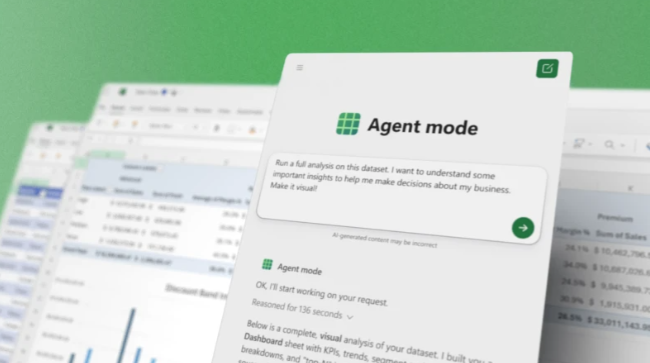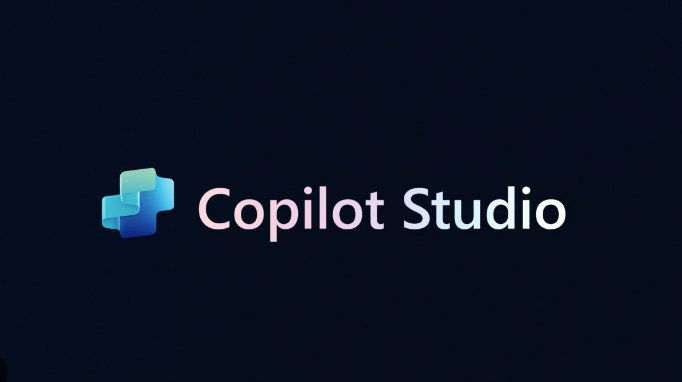As an emergency response to COVID-19, many organisations have implemented remote working quickly.
Is the genie now out of the bottle in terms of employee expectations for new agile, flexible, responsive, collaborative ways of working supported by digital technology?
Have our working lives changed forever, or will we quickly revert to ‘the way things have always been done around here’? Has the foundation been set for building the Modern Intelligent Workplaces required to remain competitive in a post-COVID-19 digital world? What are the main technology and non-technology barriers to change? What new leadership approaches are required to manage change in a VUCAD world – Volatile, Uncertain, Complex, Ambiguous and DIGITAL?
These were some of the questions addressed at the Bridgeall Future of Work Change Leaders Virtual Roundtable held on the 16th of June 2020.
Facilitated by Dr. Jim Hamill, 145 senior leaders, from a broad range of sectors, registered to attend. The highly interactive session included a short Panel Discussion, Guest Speakers, supported by a very active Meeting Chat Forum for participants to share their own thoughts and experiences.
The panelists included Stevie Grier – Country & Regional Manager, Scotland and LRG North, Microsoft; Paula Speirs – Associate Director, Planning & Performance, NHS 24; Malcolm Smith – IT Director C&C Group; and Jen Scott – Digital Development Manager at Opportunity North East Limited.
Guest speakers included JP Donnelly – Chairman / Head of Country WPP Ireland; Nikki Le-Grys, International Trade Development Manager, The Growth Company; and Diane Drummond, Director, B-Dacs.
A massive thank you to everyone who participated – Panelists, Speakers and Guests – and for your invaluable contribution to the debate concerning the future of work in a post-COVID-19 digital era.
Four key themes emerged from the Panel Session and Meeting Chat Forum:
- The Agile Dilemma – Sustaining the Momentum for Change
- The Modern Workplace Technologies Critical to Successful Transformation
- People and Culture
- Leadership in a VUCAD World
In a series of blog posts over the next week or so, we will summarise key Roundtable findings in each of the four areas beginning with the Agile Dilemma. Findings will then be consolidated into a final report ‘The Future of Work in a VUCAD World’.
As organisations seek to recover post-COVID-19, current and emerging digital technologies provide exciting opportunities for us to rethink the way we operate, the way we work, breaking free from the limits imposed by outdated legacy systems, management thinking and organisational cultures.
Are we ready to leverage the full potential of the opportunities presented?
The Agile Dilemma – Sustaining the Momentum
Not surprisingly, the speed of enforced transformation had resulted in most of the participating organisations pivoting very quickly to remote, more flexible, online working. The key challenge now is maintaining the early momentum as we move into the recovery phase.
“We have turned the business on its head. Digital projects planned over a three year period have been delivered in two weeks. This raises the obvious question, why was this not done before? Why did it take a pandemic for our organisation to embrace change?”
“We have become fleet-of-foot through the Cloud. The last few months have provided us with a major opportunity for the implementation of agile, flexible, resilient work practices.”
“Many of our organisations have responded creatively, moving to remote working quickly, with an increased focus on digital solutions.”
“In my business, we had to relocate 3,000 helpdesk workers to home working within 48hrs – a real test of Business Continuity Planning!”
Overall, the shift to remote working has been successful with most organisations being able to maintain operations throughout the peak of the outbreak. Remote working, however, has brought its own challenges especially in terms of non-technology issues relating to people, culture, organisation and leadership (discussed in more detail later).
Will the agile, responsive, innovative approaches essential for organisational survival during the early months of the crisis be sustained as we move through the five-stage Recovery Plan?
The consensus of the Roundtable was that the lockdown has indeed created a real catalyst for change. There is no going back to ‘the way things were done before’. However, major barriers to change remain.
“Hopefully, the changes over the last 13 weeks will be treated as a Proof of Concept leading us to re-think how things can be done better and more efficiently.”
“The speed of enforced transformation has raised the question, how do we retain that urgency post-COVID to deliver long-term transformation, including a more integrated approach to service delivery?
“The natural aversion of people to change and organisational silos are two of the biggest barriers to change. How do we maintain urgency when people and silos act as blockers? It would great to hear more stories about how organisations have successfully overcome these barriers”
“Covid-19 has shown us that the traditional approach to programme management is too heavyweight. We need to implement change more rapidly in an increasingly VUCAD world”
“A blended approach will be required. Tasks requiring physical location will revert to prior ways of working post-Covid. Other activities will be changed forever. The impact will vary by type of business, industry and work type.”
“Why would we go back to the way things were before? The last few months have provided us with the confidence for doing things differently. We have been successful in implementing a considerable amount of change over the last few months. It is now time for reflection; to reimaging how we operate.”
“We have the technology to do things differently and better, but do we have the maturity of thinking or leadership mindset to leverage the full potential of the technologies available? COVID has forced our organisation out of the 20th century. The challenge now is to move to the 21st century.”
“In many industries, a new legal and regulatory environment will need to emerge to support new ways of working.”
Part 2 in this series covers the key technologies underpinning the Modern Intelligent Workplace.




